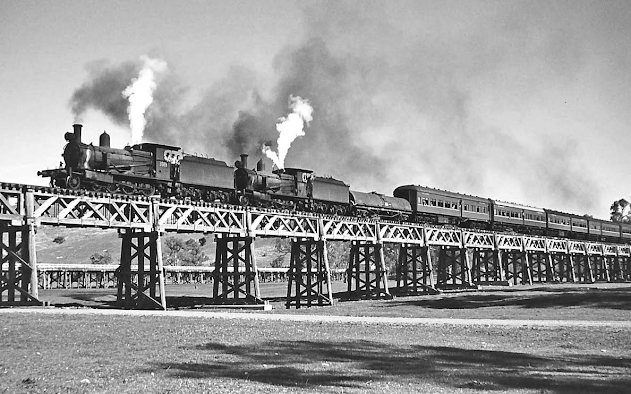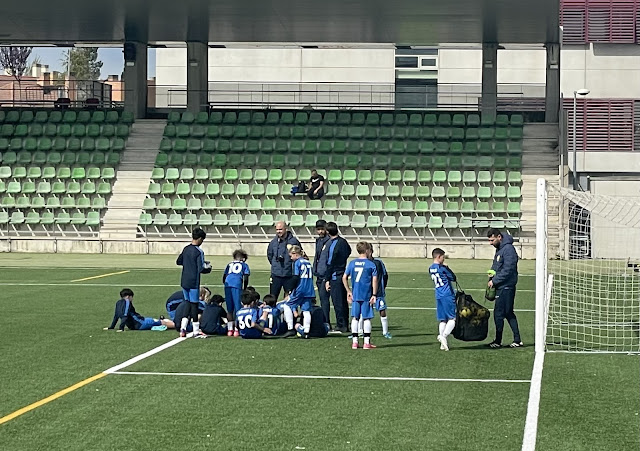20230518 SA Wilmington to Quorn
20230518 We left our camp just out of Melrose that backed onto Mt Remarkable and are travelling to the town of Wilmington, passing many settlers ruins along the the way, it is easy to see why Wilmington was first known as 'Beautiful Valley' by the pioneers who settled in the region during the mid 1800’s and in the late 1900’s it was the rodeo that brought people back to this sleepy town. The first rodeo started in 1969 and people turned up in droves to capture or take part in this new event in town. Over time the event fluctuated due to the sweltering heat prompting the committee to switch to a night rodeo. Two years on in 1979, Wilmington held South Australia’s first night rodeo which turned into an all night event due to the huge number of competitors (218), Wilmington Night Rodeo became the biggest and richest rodeo in S.A.
Whitehead’s interest in puppets began after a near-fatal stroke left him hospitalized for several months. While in recovery, Whitehead was encouraged by a fellow patient, a trained puppeteer, to help him put on shows for the children’s ward. The experience didn’t just help him regain coordination but it was also very therapeutic.
Entering the town of Quorn which began in 1875 when is was named after Quorndon in Leicestershire after a Governors private secretary who came from near Quorndon. It was in 1917 Quorn became hugely important as the point where the north-south and east-west railway lines crossed then in 1923, 'the Ghan' name was first used, from then until the mid-1950s, not known what Ghan is I googled it, Ghan provided a crucial link with the vast Australian Outback and was originally dubbed the Afghan Express, the Ghan train was named for the pioneering cameleers who blazed a permanent trail into the Red Centre of Australia more than 150 years ago.
Wilmington Rodeo Club have been doing it for over 50 years, and have had some of the most outstanding national and international competitors.
In 1994 prise money of more that $10,000 attracted over 5000 spectators, the following year the prize doubled and so did the crowds, but then Covid hit causing the cancellation.
Opened by Brian and Rosemary Whitehead in 2007, the Sansouci Puppet Museum holds the largest private collection of puppets in the country and the only museum of its kind in Australia.
This is just a few of Whitehead’s collection
The Toy museum holds a very large collections of Land Rovers with many more inside and about 50 out back not to mention his collection of over 2000 matchbox models plus every possible model of any land rover you can think of from Matchbox and up which he’s been collecting for over 50 years.
I didn’t go inside but found these photos online and after seeing these pic’s I which I would have ventured inside.
Anyone want to buy a Butcher, unfortunately it’s a common site as we pass through these historic towns.
Passing the Itali Itali historic site where all that remains are some ruins where the pioneers once settled in 1969.
Through World War II when over 400 people in the town were working for the railways and during this time over 1,000,000 troops or 43 trains a day - predominantly carrying servicemen passed through the town and it has been estimated that the local branch of the Country Womens Association provided over 1 million meals to the
By the 1980s the railway through the town had been closed then in 1973 the Pichi Richi Railway Preservation Society was formed.
Austral Hotel today and in the 1800’s the bustling town of Quorn’s four hotels served locals and travellers.
Established in 1878 the Transcontinental Hotel is the oldest Hotel in Quorn.
Just one of many stylish buildings that was so common in the late 1800’s, The Town Hall was opened in 1891 and is still as stunning as the day it was built.
Quorn's railway station reflects the town's importance in years past, it opened in 1915, replacing a modest weatherboard-clad building built for the opening of the line from Port Augusta in 1879. The existing station cost £5724 to construct and all local materials were used.
WW1 Turkish Field Gun, 95mm SB (Smooth Bore)
This gun was captures the 4th Australian Horse Brigade on 1st November 1917 at the WW1 Battle of Beersheba, it is one of three such guns that exist in Australia.
UNKNOWN SOLDIER PLAQUE
No name marks my tomb, for I am every Australian serviceman.
I am the Unknown Soldier.
I died for a cause I held just in the service of my land,
that you and yours may say in freedom.
I am proud to be an Australian.
"The Unknown Soldier honours the memory of all those men and women who laid down thier lives for Australia. He is a reminder of what we have lost in war and what we have gained'.
Lest We Forget





















Comments
Post a Comment